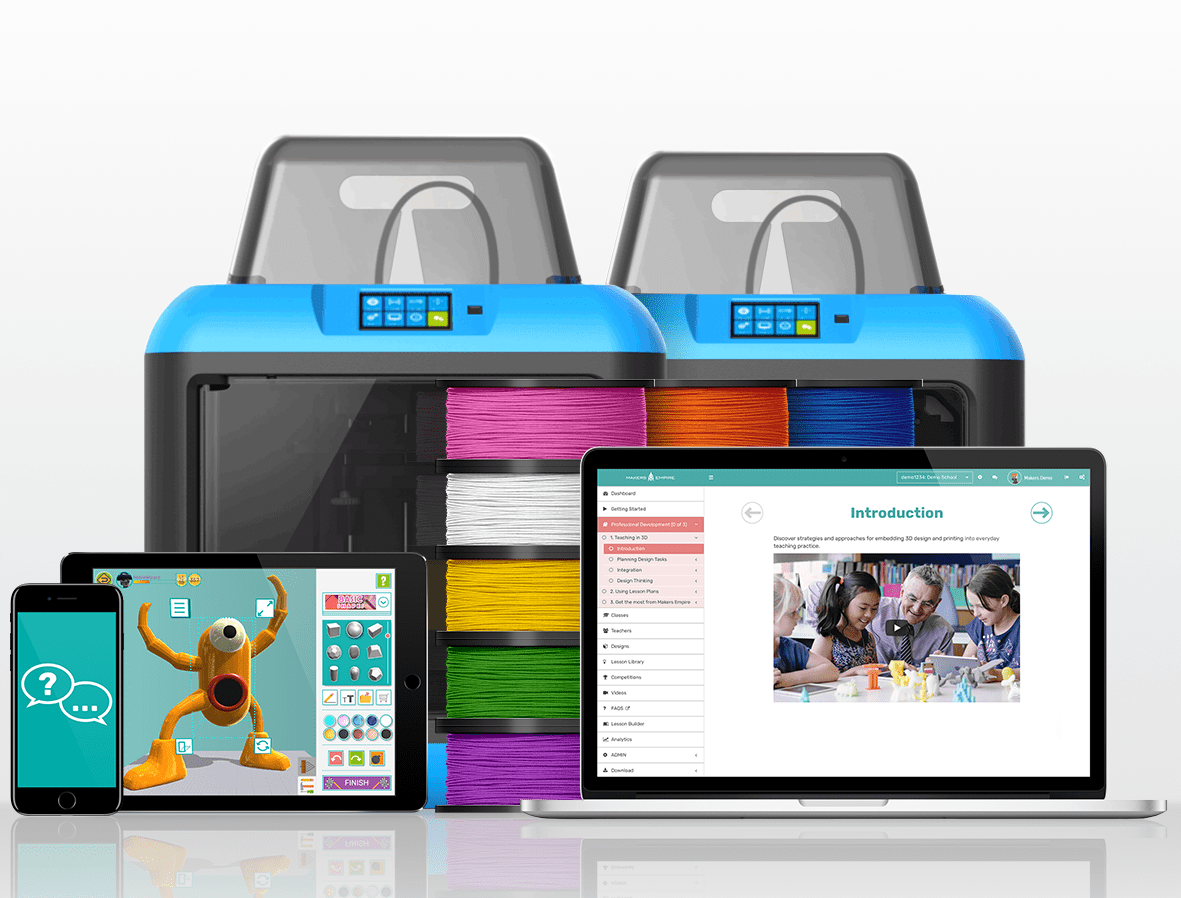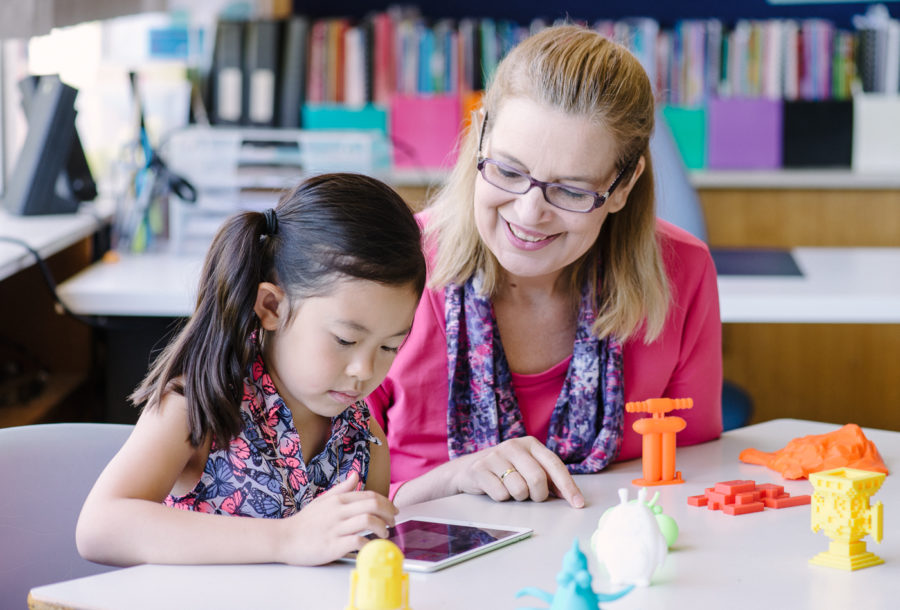Wondering how to integrate 3D printing and 3D design into your school effectively and efficiently to improve student performance and enhance learning?
We’ve helped thousands of teachers transform learning with 3D printing and design so we know what works and what doesn’t.
We’ve prepared a roadmap to 3D printing and design in primary, elementary and middle schools to help ensure your 3D printing journey is a successful one. Follow these steps to ensure a positive and rewarding 3D printing experience for your school community.
Yours in learning,
Mandi Dimitriadis
Director of Learning
Step 1. Review Your School’s Current Situation
- Current Curriculum. Where, when and how well do our students engage in problem-solving, designing solutions, creative thinking, collaboration etc.?
- The ‘E’ in STEM. When, where and how we teach our students the often neglected ‘E’, i.e. Engineering, in STEM?
- Teacher Pedagogy. How well placed are our teachers to help students develop these types of skills
- Student Engagement, Skills and Dispositions. Where are our students now?
- Current set up. How do our current facilities, equipment and structures support students and teachers to develop these skills etc.?
Step 2. Identify Gaps and Areas for Improvement

- Gaps. Where are the gaps in all of the above areas that 3D design and printing might help address?
- Improvements. What do we want to change?
- Focus. Where will we focus our energy?
- Champions. Who are the early adopters and champions in our school (teachers, students, leaders, community members) that can take a leadership role?
- Support. What support and training do our teachers need to be successful teachers of 3D design and printing?
Step 3. Plan Integration of 3D Printing and Design
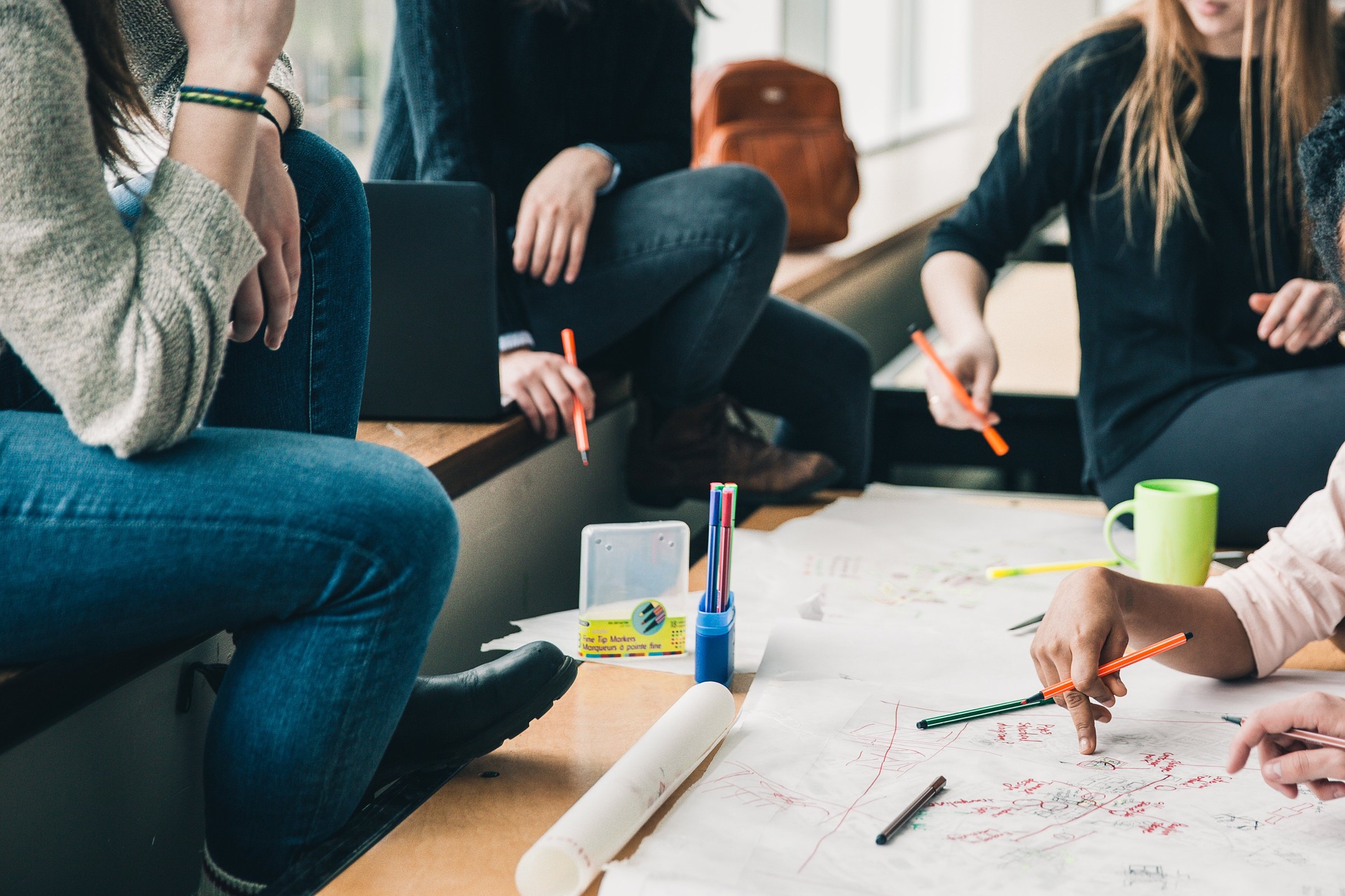
- Lesson Ideas. Develop or adapt lesson plans and activities suitable for students. Makers Empire’s School Subscription comes with over 150 lesson plans aligned with American, Australian and international standards and curriculum for educators. Lesson plans are searchable by grade, subject and theme and suitable for beginners through to experienced users.
- Who. Decide who will be involved. Will you start with specific teachers and/or grade levels?
- Where. Decide where the activity will take place. With it be in a dedicated Makerspace or in the school library?
- When. Decide when you will implement 3D printing and design. This term? Next term?
Step 4. Set Up and Prepare Your School
- Choose. Select and purchase age-appropriate 3D software and 3D printing equipment etc.
- Professional Development. Provide professional learning for teachers (e.g. Makers Empire self-paced online professional development training).
- Routines. Set up structures and routines for teachers to managed 3D printers and devices.
- Advice. Connect with other schools and teachers to build a strong learning community.
Step 5. Implement 3D Design and Printing
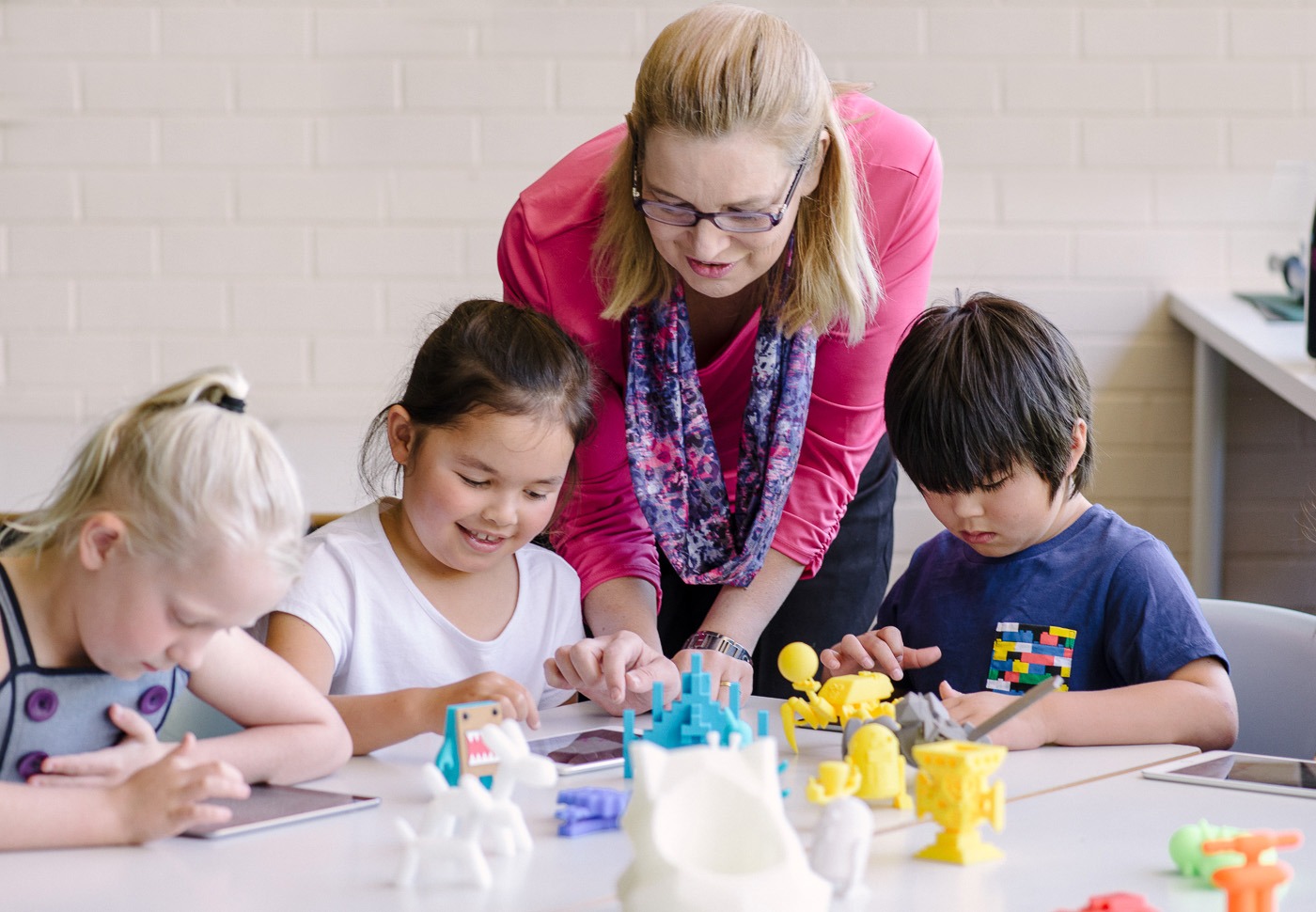
- Teach. Conduct lessons using 3D printing and design
- Design. Students create designs in 3D (e.g. using the Makers Empire design software)
- Feedback. Teachers view and download student designs (e.g. in Makers Empire Teacher’s Dashboard) and give feedback on designs.
- Print. Print out students’ designs.
Step 6. Create Opportunities for Collaboration
- Share. Share experiences and learning both internally, with teachers from other schools and with the school community e.g. present a case study at a conference or run a 3D printing and design session during your school’s open day or night so parents can also engage.
- Connect. Connect with other schools on collaborative projects to enhance student learning.
- Buddy Classes. Give students opportunities to work together e.g. organise buddy classes to enhance learning.
Step 7. Ensure Students Have A Voice
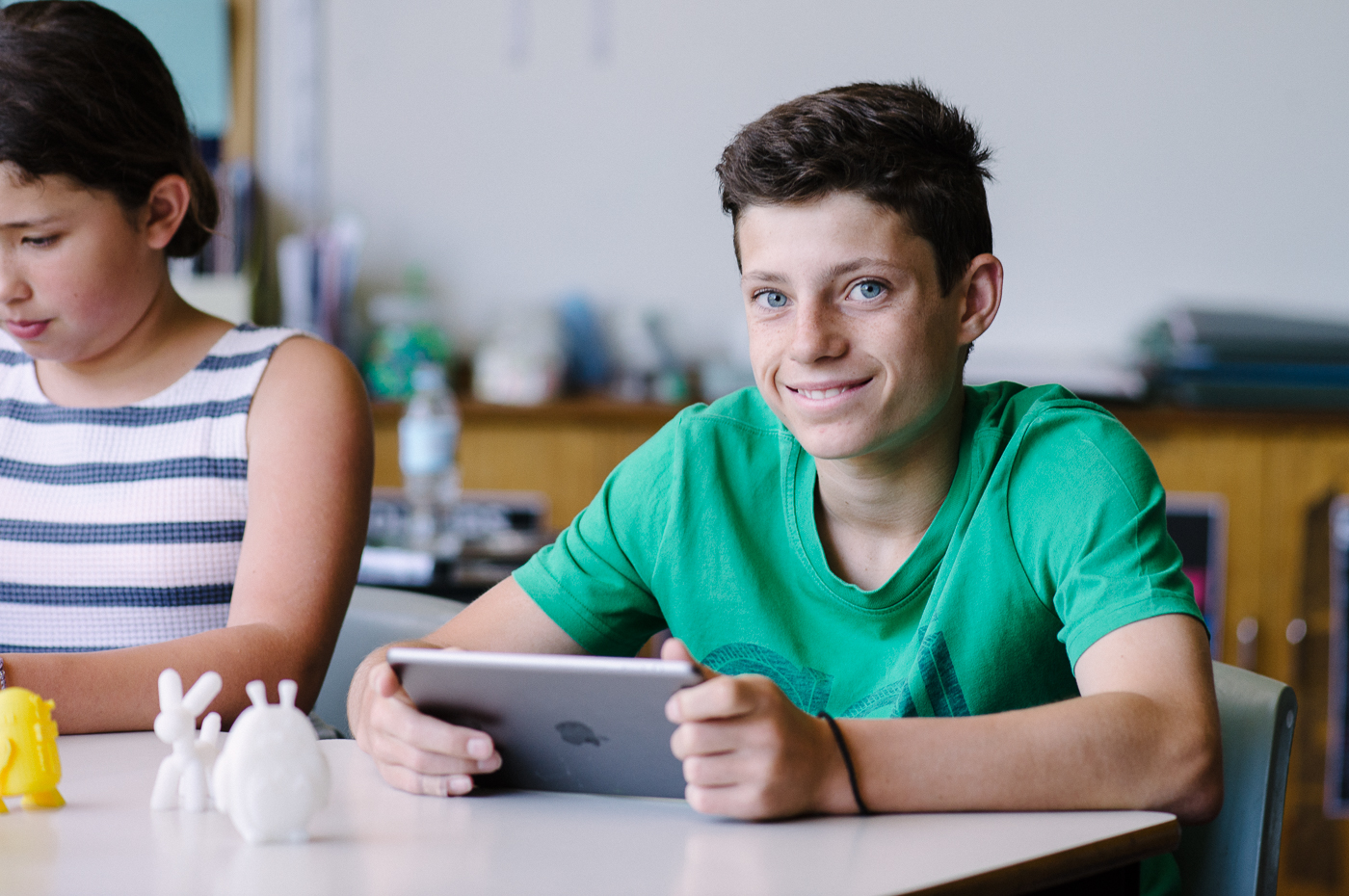
- Driving Seat. Put students in the driving seat by letting them have input into the direction and focus of classes.
- Listen. Listen to what students are saying about the lessons. Allow time for regular feedback and discussion.
- Peer Feedback. Make sure students need to give each other feedback on their designs. Learning how to give constructive advice and feedback, and equally important, how to accept advice from one’s peers, is a valuable skill.
Step 8. Assess Student Learning Outcomes and Engagement

- Analyze. Review student engagement with 3D printing and design. What lesson plans and projects were most popular? Which challenges attracted the most designs?
- Review. Study student performance with 3D printing and design. Did they perform as expected? Why or why not?
- Assess. How have student learning outcomes been impacted by 3D printing and design? Were there any unexpected benefits? What were the challenges?
Step 9. Reflect on Your Experience and Consider Next Steps
- Future Plans. Where to next? How can we ensure our ongoing success with 3D printing and design?
- Improvements. How can we improve on what the student learning outcomes and engagement that we have achieved so far?
- Roll Out. How can we continue to successfully roll out 3D printing and design across our school?
Get Started with Makers Empire Today
Ready to join us at Makers Empire in creating a world of Better Learning by Design? Great!
“This has been a wonderful new way to teach and motivate my students. They are so eager and excited to learn in this new way!… At first, I preferred Tinkercad because I knew this software better. However, now that I have had some time to work with Makers Empire it is so much better. It does a much better job of showing you how to build and create… The overall enthusiasm towards school and learning has increased tremendously. Students who are typically reluctant learners have come to life. One student was chronically absent and has now improved his attendance. He asks me each morning if he can get on the computer!”
Robin McGinnis, Teacher, North Elementary School, USA.
Request Your Free Quotation



